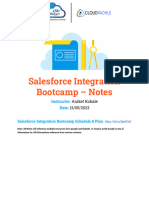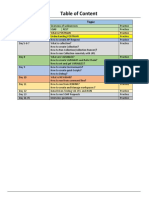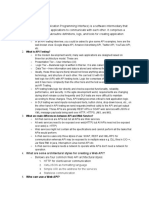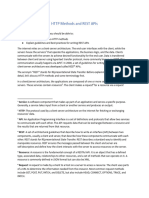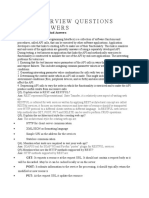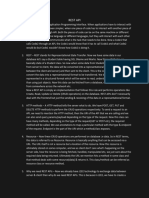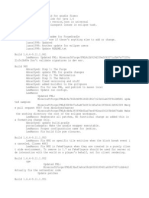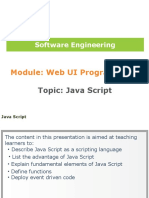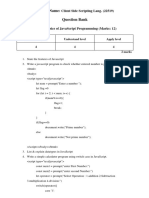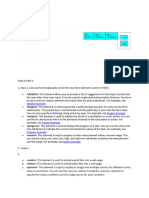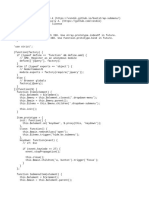0% found this document useful (0 votes)
28 views9 pagesAPI Questions and Answers
The document provides a comprehensive overview of APIs, including their methods (GET, POST, PUT, DELETE, PATCH), operations, and differences between API and web services. It discusses API testing advantages, common errors, and tools, as well as various authentication methods like OAuth1 and OAuth2. Additionally, it explains REST and SOAP, their components, and the differences between monolithic and microservices architectures.
Uploaded by
pravin21Copyright
© © All Rights Reserved
We take content rights seriously. If you suspect this is your content, claim it here.
Available Formats
Download as PDF, TXT or read online on Scribd
0% found this document useful (0 votes)
28 views9 pagesAPI Questions and Answers
The document provides a comprehensive overview of APIs, including their methods (GET, POST, PUT, DELETE, PATCH), operations, and differences between API and web services. It discusses API testing advantages, common errors, and tools, as well as various authentication methods like OAuth1 and OAuth2. Additionally, it explains REST and SOAP, their components, and the differences between monolithic and microservices architectures.
Uploaded by
pravin21Copyright
© © All Rights Reserved
We take content rights seriously. If you suspect this is your content, claim it here.
Available Formats
Download as PDF, TXT or read online on Scribd
/ 9





















